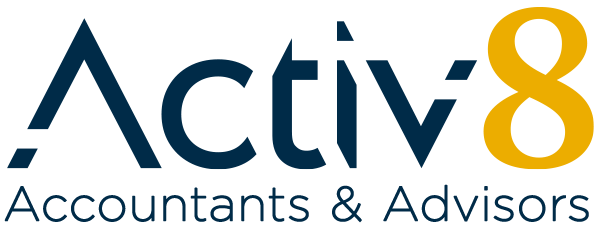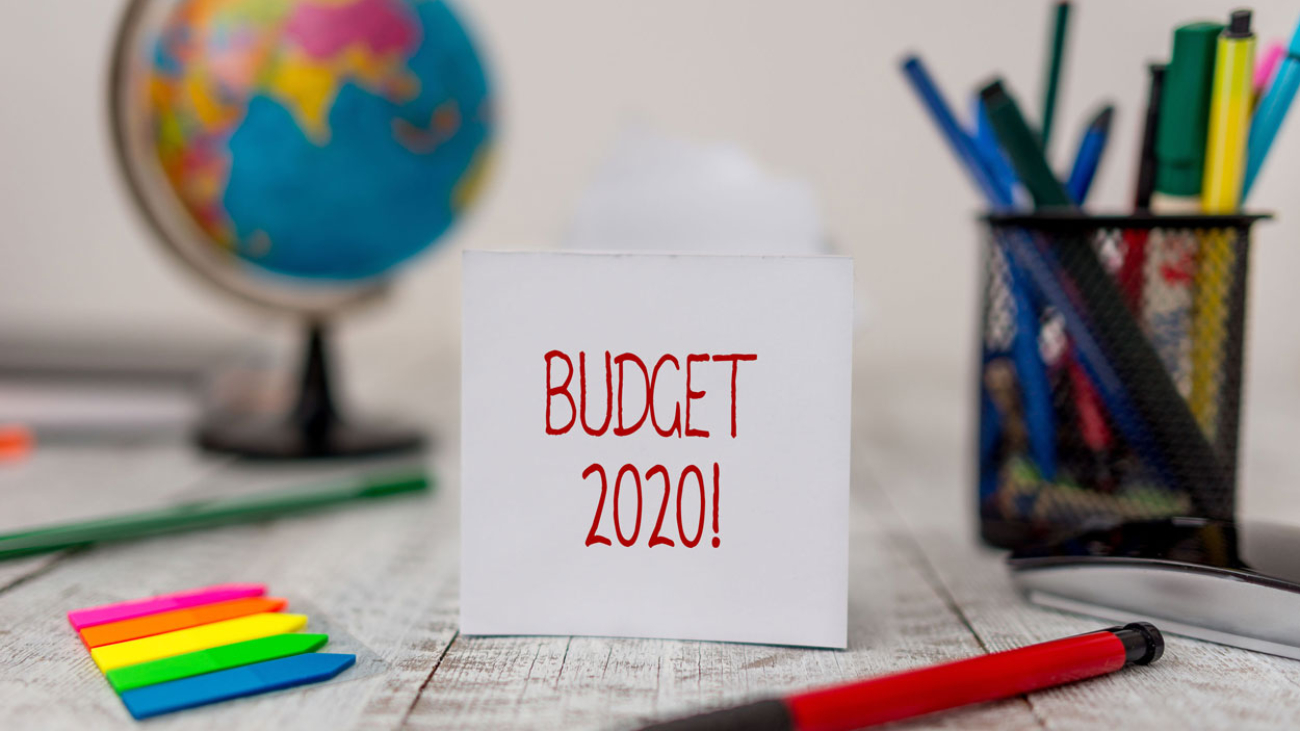“There is a monumental task ahead,” the Treasurer admitted in his budget speech on Tuesday night. For once this does not seem like an overstatement. The coronavirus pandemic has fundamentally changed the way we do business in this country.
The challenge for the Government in this Budget was to outline a plan to kickstart the economy by encouraging jobs, investment, and household spending. To this end they have delivered one of the most stimulatory budgets we have ever seen, featuring tax breaks for individuals and businesses.
The Government’s road to recovery hinges on middle- and high-income earners and businesses spending big. The Government’s task now is to encourage businesses and households to take advantage of the new programs to deliver stronger economic growth and more jobs.
The three pillars of the Budget, that will underpin jobs, investment and household spending are:
- Significant personal income tax cuts
- JobMaker Hiring Credit for businesses employing new staff under 35
- Immediate write off for any business assets purchased from 7:30pm last night
Lower taxes for households
- Tax relief for over 11 million individuals.
- Low- and middle-income earners to receive tax relief of up to $2,745 for singles or up to $5,490 for dual income families in 2020–21 compared with 2017–18 settings
Empowering businesses to grow, invest and innovate
- 12 month wage subsidies to hire new apprentices and people under 35 who are on JobSeeker.
- Temporary full expensing available to around 3.5 million businesses on purchases of eligible depreciable assets. No asset limits.
- Temporary loss carry‑back available to around 1 million companies. Companies can offset tax losses against previously taxed profits to generate a refund.
- Investing an additional $2 billion through the R&D Tax Incentive.
Cutting red tape for businesses
- Reducing record keeping requirements for fringe benefits tax.
- Exempting employer‑provided retraining activities from fringe benefits tax to encourage reskilling.
Lower personal income taxes
The centerpiece of the Budget were the personal income tax cuts, including the continuation of the Low and Medium Income Tax Offset, which will flow to more than 11 million taxpayers. They have also backdated these tax cuts to start on 1 July 2020. This should mean the extra money will be in bank accounts as soon as the legislation is passed and payroll software is updated.
Workers earning between $50,000 and $90,000 will receive an extra $1,080 in 2020-21 as an extension of the low and middle income tax offset that was introduced last year.
People earning more than $120,000, on the other hand, will receive the biggest benefit with a permanent tax cut of $2,565 in 2020-21 and beyond.
The government is also looking at removing the 37% tax rate, so anyone earning between $45,000 and $200,000 only pays 30% tax.
In addition, sole traders will also benefit from the unincorporated tax discount of $1000.
For those people who receive a range of government payments, including aged pension, carer payment and family tax benefit, they will receive two $250 cash payments paid in December and March 2021.
Business-related policies
Business measures in this year’s Federal Budget focused on jobs recovery, tax breaks and the expansion of the instant asset write-off.
Job creation announcements:
JobMaker Hiring Credit – a 12-month wage subsidy for businesses that hire 16 to 35-year-olds for at least 20 hours per week, who were on JobSeeker. It will be a $200/week subsidy for those under 30 and $100/week for those aged 30-35. It’s expected that employers will report JobMaker Hiring Credits using Single Touch Payroll.
Apprentice wage subsidy scheme – businesses that hire new apprentices will be eligible for a 50% wage subsidy. The $1.2 billion scheme will support 100,000 apprentices and be available to businesses of all sizes.
Business investment announcements:
Extension of the Instant Asset Write-Off – An extension of this program out to June 2022 to allow businesses to immediately depreciate eligible assets, with no cap on the value of these assets. This not only directly benefits small businesses that invest but some of these assets will be purchased from or serviced by other small businesses.
R&D tax incentive changes – For small companies (annual turnover of less than $20 million) the refundable R&D tax offset will be set at 18.5 percentage points above the claimant’s company tax rate and there will be no cap on annual cash refunds.
Loss carry-back provisions – Companies will be able to offset losses incurred to June 2022 against prior profits made in or after the 2018/19 financial year.
Digital adoption announcements:
JobMaker Digital Business Plan – $800m for a series of measures to help Australia become a leading digital economy by 2030 and to improve productivity, income growth and jobs by supporting the adoption of digital technologies by Australian businesses.
Cyber security program – $1.7B to improve cyber security within government agencies and increase the confidence of small businesses to engage in the digital economy.
As with the tax cuts, the key to the success of these business-based programs is that they are used. Businesses will need to have the confidence to take on new staff and buy new equipment if the economy is to feel the full benefit of these programs.
Infrastructure projects
The Budget is not leaving all the responsibility of economic recovery to businesses and households, there was also an additional $7.5 billion spending for new national-level infrastructure projects. This funding is in addition to the $100 billion infrastructure fund (over ten years) announced in previous Budgets. In addition, $3.5 billion has been allocated for upgrades to the NBN roll-out to deliver more Fibre to the Premises connections.
Small businesses are also likely to benefit from the additional $1 billion for the Local Roads and Community Infrastructure program. This is for smaller, local projects to help councils to deliver immediate upgrades of local roads, footpaths and street lighting.
Budget success depends on confidence to spend and invest
The success of this Budget in rebooting the economy largely depends on the public response. Households will need to be confident enough to spend the tax cuts and businesses will need to be willing to invest in their future and hire new staff. If the tax cuts sit in bank accounts, business hiring and investment programs go unused and infrastructure projects are delayed then the economic recovery is less likely to eventuate.
A surprise coming out of this Budget was not bringing forward the timing of “Stage 3” tax cuts (which the Opposition opposes) or permanently increasing the JobSeeker payment. The government has stayed silent on where it expects the level of unemployment benefits will eventually land permanently when the JobSeeker supplement ends. However, we note that there is an allowance for spending decisions not yet announced worth more than $6 billion over four years.
The politics of this Budget lies in the hope for the Government that the strategy works, and that all the huge uncertainties in the domestic and global outlook fall its way, so that by the middle of next year it can contemplate going to an election with voters feeling it has protected them from the worst a pandemic has thrown at them.
Please contact Activ8 Business Advisors if you have any questions about how the budget may affect you or your business.



